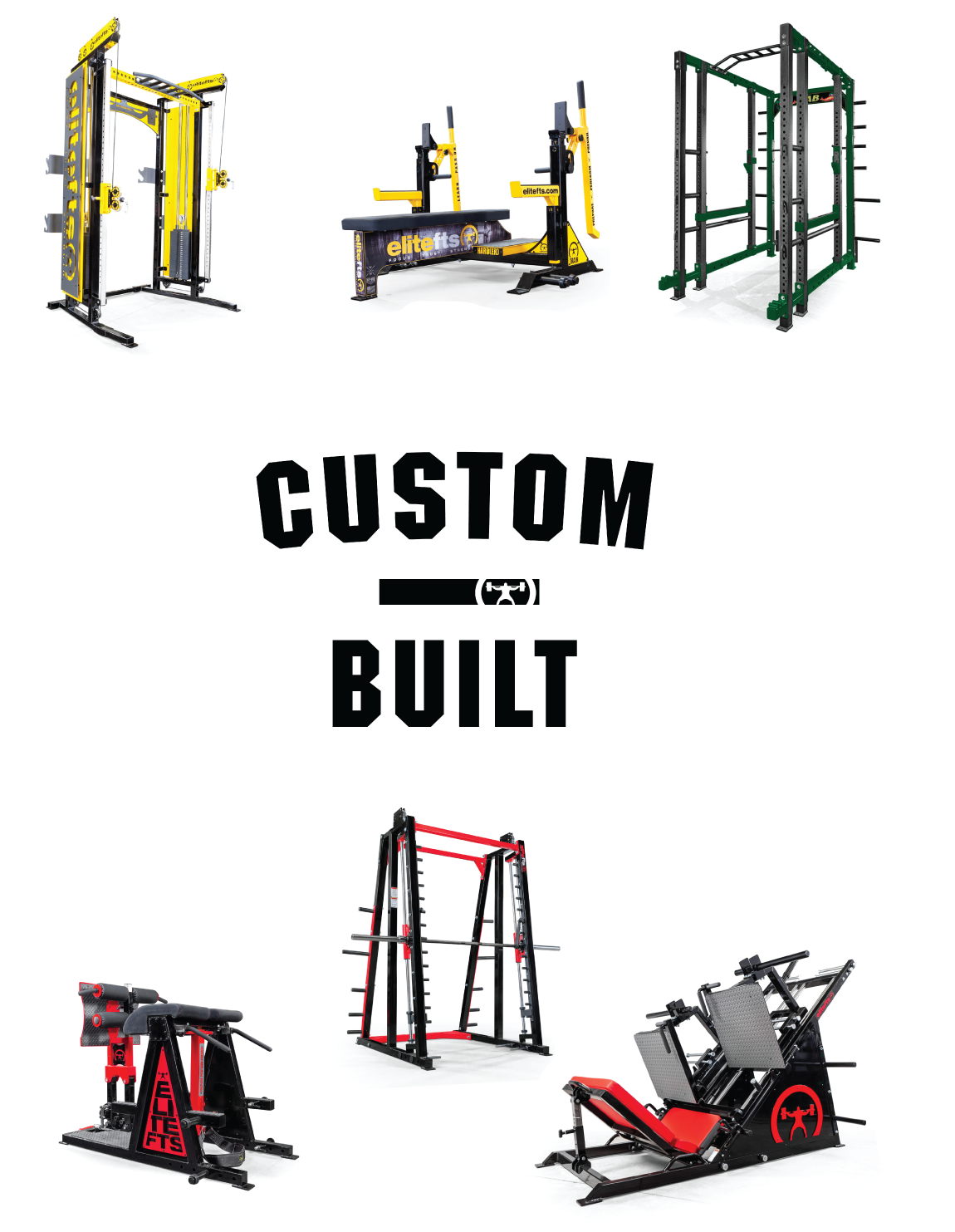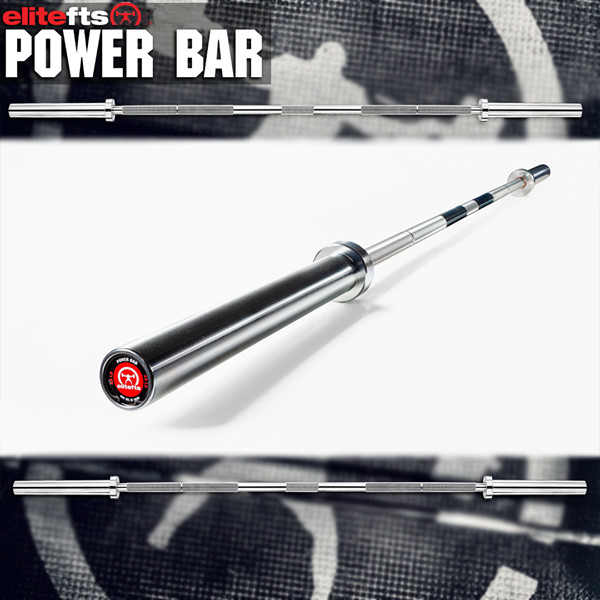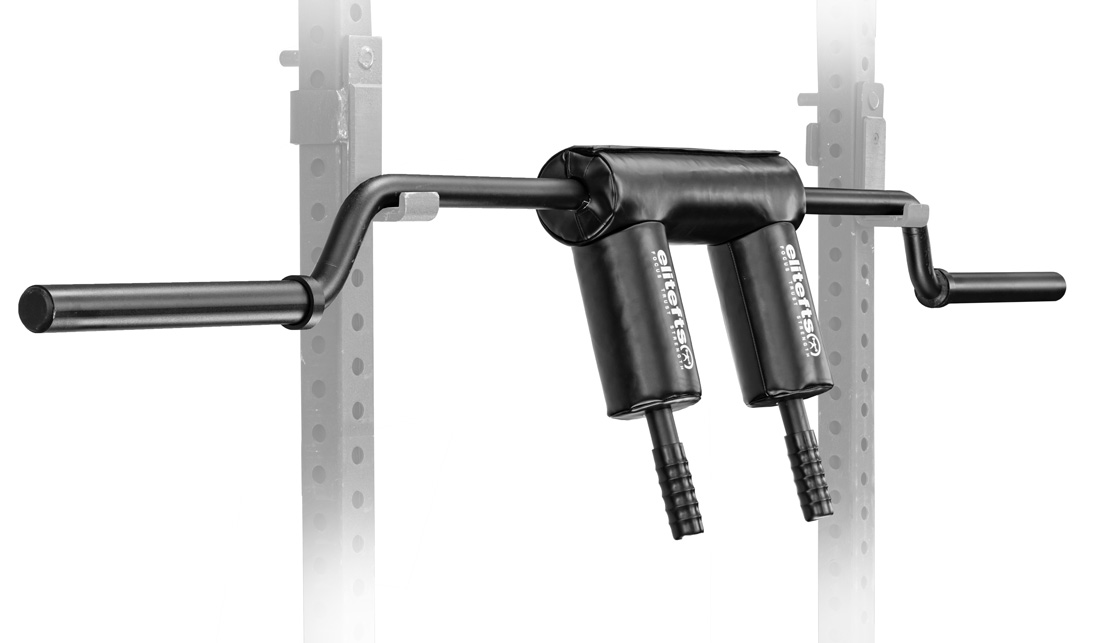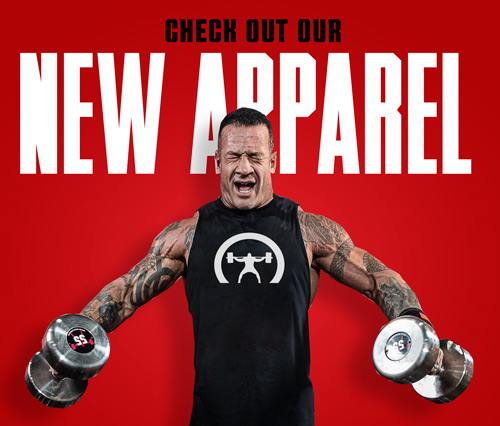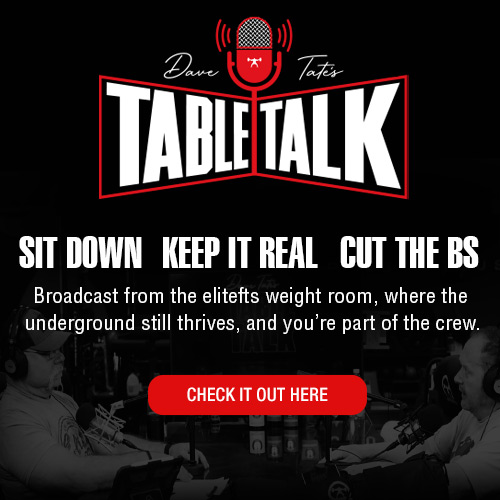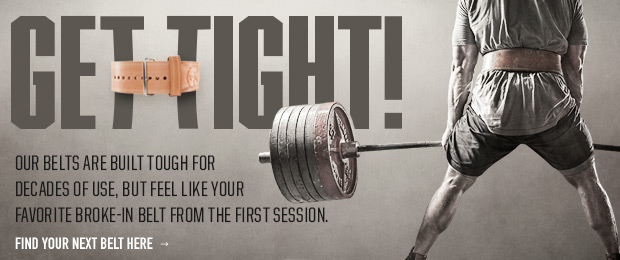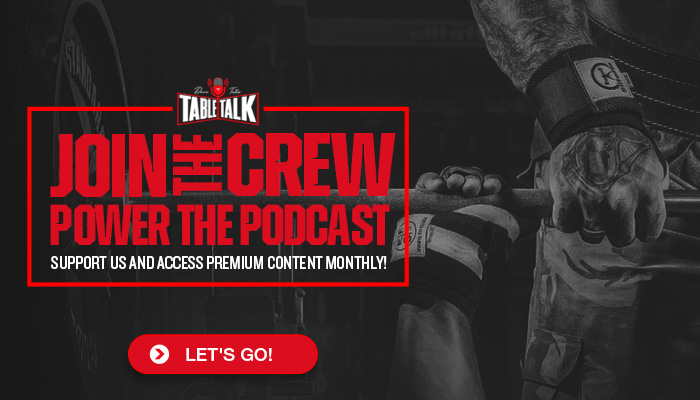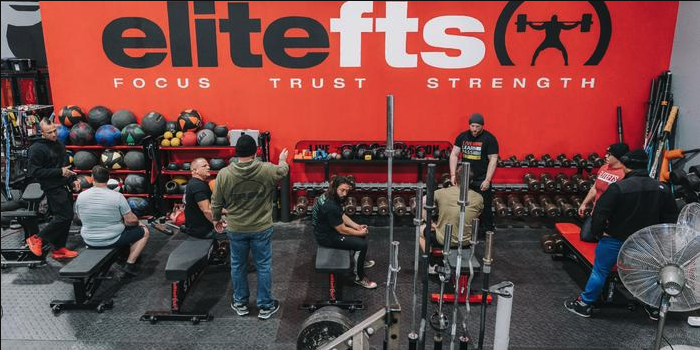
Introduction
There’s a lie that’s been floating around strength-training circles for decades—and it still messes with lifters today:
“It’s not that easy.”
“It’s more complicated than that.”
This always happens when people try to simplify things like periodization, training volume, or recovery. But the truth is…
It is easy—if you follow the simple things people say are “too hard.”
Most lifters don’t fail because they lack access to high-level knowledge. They fail because they ignore the fundamentals. They skip the basics. They don’t respect the process. Instead, they chase programs, influencers, and flashy techniques. The lie convinces them there’s something magical they’re missing.
Let’s stop pretending this isn’t complicated.
Training = 8-Bit Video Game
Think of training like an old-school video game. It’s a progression system with structure, sequence, and increasing difficulty.
- World Map = Macrocycle: Your entire training timeline, often broken into a yearly plan, competition season, or long-term development phase. It's your big picture.
- Territories = Mesocycles: These are your distinct training blocks with focused goals—like hypertrophy, strength, or peaking. Each has a purpose and a boss to beat.
- Cities = Microcycles: Weekly plans that reflect your short-term strategy to build toward the territory's goal.
- Neighborhoods = Training Days: These are the boots-on-the-ground sessions, the gyms, the barbell, where everything you planned either works or doesn't.
You earn your way forward by completing each level. You don’t skip to the end. The fastest path is not the shortest one. Everyone wants a warp pipe, but you get stronger by earning it, rep by rep, session by session.
The lifter who constantly bounces between programs or never finishes a full training cycle is the equivalent of a gamer dying over and over in World 1-2 because they never learned to jump or avoid the Goombas - or the one that moves from one game to another and never spends enough time to build the basic skills required for each one.
Structure of a Training Day
A proper training day isn’t random. It’s built for a reason. Here’s what that structure typically looks like:
- Main Movement: This is your most important lift for the day. It's usually the squat, bench, deadlift, or a variation of them. It’s trained at a higher intensity and requires the most mental and physical focus.
- Supplemental Work: This targets the muscles and mechanics behind the main lift. These lifts are heavy but slightly less taxing. Think pause squats, close-grip bench, or deficit pulls. They're still hard—they just serve a more specific function.
- Accessory Movements: These are lighter and higher-rep movements. They build work capacity and hypertrophy, target weak links, and help with joint health. Things like face pulls, reverse hypers, dumbbell presses, and hamstring curls fall here.
You don’t need a spreadsheet to understand this. A solid training day follows this format because it respects effort distribution, fatigue management, and movement quality. Try to push all three as hard as possible? You'll burn out in a week.
Intensity vs. Effort
These are often confused, but they are not the same.
- Intensity is about how heavy you're lifting. It’s often expressed as a percentage of your one-rep max or a rating on the RPE scale. This is where your main movement—and often your supplemental work—lives. It's strain-based.
An intensity of 10 isn’t just a strict set. It’s a grinding rep that barely moves. It’s where you have no reps in reserve—and if you’ve been training for decades, you might hit it a few times in your career.
- Effort is about how close you get to failure, regardless of load. This is especially relevant for accessories. Think about that brutal set where you feel your soul leaving your body, but your technique stays sharp—that’s a 10 on effort.
Understanding this distinction gives you control. If you don't know what an effort of 10 feels like, how do you know you're training at a 7? You don’t. You’re just guessing.
Anchoring intensity and effort allows you to auto-regulate your training, push where it counts, and recover when needed.
The Energy Bar: Manage It or Burn Out
Every great video game has an energy bar—and so does every lifter. You just don’t see it on screen.
- Energy bar = Recovery and readiness.
- Every workout, missed meal, poor night of sleep, or high-stress day drains it.
- When it empties? Progress halts. Fatigue builds. Injuries sneak in—performance tanks.
How to Keep It Full:
- Collect Coins: Sleep 7–9 hours, stay hydrated, eat real food, manage stress, and tighten your technique (quality reps).
- Use Power-Ups: Strategically use belts, wraps, sleeves, caffeine, supplements, and even PEDs for advanced lifters. Just like in games, power-ups help, but they don't replace skill or recovery.
- Hit Checkpoints: These are your deloads—planned or reactive breaks to restore the bar. You don't need them weekly; you need them when your performance or recovery shows you're dragging.
Managing this bar is the key to consistency. And consistency—not effort or volume—is the real secret to progress.
Skill Gates and Boss Fights
Every territory has a boss. You don’t beat that boss? You don’t move on.
In training, these bosses are metrics or skill tests:
- Can you brace effectively under a heavy load?
- Can you hold a technique under fatigue?
- Can you auto-regulate a day when you feel beat up?
You level up when you beat these checkpoints. That might be a 3-rep PR, or it might be showing restraint on a bad day.
Skill gates are the abilities you must develop to pass the boss. Think of them like bracing, rooting, bar path awareness, or proper warm-up protocols. If you don’t master those skills in Phase 1, you’re not ready for Phase 2.
Periodization Is Just a Road Map
You don’t need to be a sports scientist to plan practical training. You need a map and a plan.
- Pick the Game: Are you aiming for strength? Size? Conditioning? Performance?
- Map the Territories: Lay out your mesocycles. Most commonly: hypertrophy → strength → peaking.
- Build the Path: Determine how many weeks each meso lasts, and structure your microcycles accordingly.
- Define the Bosses: Choose the tests that signal you’re ready to advance. It could be hitting a rep at a percentage, cleaning up a technique flaw, or recovering faster between sessions.
- Collect Coins: These are your habits—meals, hydration, recovery, and mindset. Do them daily.
You can call it undulating, conjugate, block, or linear—it doesn’t matter. All programs follow this framework if they’re done right.
The Lie: It’s Not That Complicated
Let’s call this out for what it is.
People make strength training complicated:
- Sound smarter than they are
- Sell you a program
- Hide the fact that they don’t lift or coach
Yes, strength training is nuanced. But it isn’t complicated. And most of the time, the lifters who make the best progress aren’t obsessing over wave loading or frequency—they’re just showing up, doing the work, and collecting coins.
If someone tells you:
- “Getting your sleep in order isn’t easy.”
- “Eating enough protein is too har.d”
- “You can’t just squat, press, and pull.”
Ask them: Are they doing the basics? Or are they avoiding them because they’re too simple to seem important?
Join the Crew
Want to learn how to:
- Navigate your energy bar?
- Set your phases?
- Collect more coins each week?
- Know when to push and when to deload?
Join the Table Talk Crew.
You’ll get:
- Private Discord access
- Real lifters, honest conversations, real progress
- Ad-free podcast content
- And coaching to help you beat your next boss.
We don’t sell hype. We hand you the controller, give you the map, and show you how to win.
Play the game. Beat the boss. Become a lifter who lasts.



